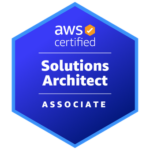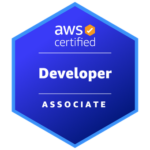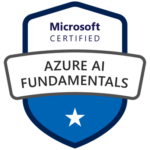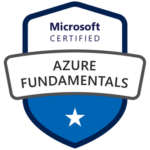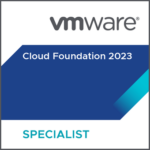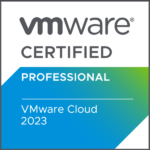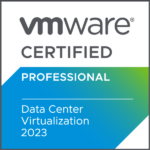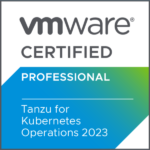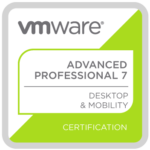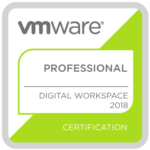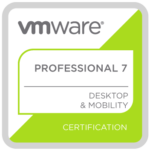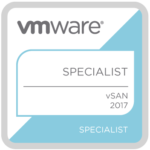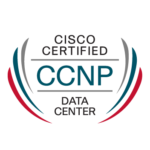For more than two decades, VMware has been the backbone of enterprise IT. It virtualized the data center, transformed the way infrastructure was consumed, and defined the operating model of an entire generation of CIOs and IT architects. That era mattered, and it brought incredible efficiency gains. But as much as VMware shaped the last chapter, the story of enterprise infrastructure is now moving on. And the real question for organizations is not “VMware or Nutanix?”, but the real question is: how much control are you willing to keep over your own future?
The Wrong Question
The way the conversation is often framed, Nutanix against VMware, misses the point entirely. Customers are not trying to settle a sports rivalry. They are not interested in cheering for one logo over another. What they are really trying to figure out is whether their infrastructure strategy gives them freedom or creates dependency. It is less about choosing between two vendors and more about choosing how much autonomy they retain.
VMware is still seen as the incumbent, the technology that defined stability and became the default. Nutanix is often described as the challenger. But in reality, the battleground has shifted. It is no longer about virtualization versus hyperconvergence, but about which platform offers true adaptability in a multi-cloud world.
The VMware Era – A Breakthrough That Belongs to the Past
There is no denying VMware’s historical importance. Virtualization was a revolution. It allowed enterprises to consolidate, to scale, and to rethink how applications were deployed. For a long time, VMware was synonymous with progress.
But revolutions have life cycles. Virtualization solved yesterday’s problems, and the challenges today look very different. Enterprises now face hybrid and multi-cloud realities, sovereignty concerns, and the rise of AI workloads that stretch far beyond the boundaries of a hypervisor. VMware’s empire was built for an era where the primary challenge was infrastructure efficiency. That chapter is now closing.
The Nutanix Trajectory – From HCI to a Distributed Cloud OS
Nutanix started with hyperconverged infrastructure. That much is true but it never stopped there. Over the years, Nutanix has steadily moved towards building a distributed cloud operating system that spans on-premises data centers, public clouds, and the edge.
This evolution matters because it reframes Nutanix not as a competitor in VMware’s world, but as the shaper of a new one. Think about it. Now, it’s about who provides the freedom to run workloads wherever they make the most sense without being forced into a corner by contracts, licensing, or technical constraints.
The Cost of Inertia
For many customers, staying with VMware feels like the path of least resistance. There are sunk costs, existing skill sets, and the comfort of familiarity, but inertia comes at a price. The longer enterprises delay modernization, the more difficult and expensive it becomes to catch up later.
The Broadcom acquisition has accelerated this reality. Pricing changes, bundled contracts, and ecosystem lock-in are daily conversations in boardrooms. Dependency has become a strategic liability. What once felt like stability now feels like fragility.
Leverage Instead of Lock-In
This is where Nutanix changes the narrative. It is not simply offering an alternative hypervisor or another management tool. It is offering leverage – the ability to simplify operations while keeping doors open.
With Nutanix, customers can run workloads on-premises, in AWS, in Azure, in GCP, or across them all. They can adopt cloud-native services without abandoning existing investments. They can prepare for sovereignty requirements or AI infrastructure needs without being tied to a single roadmap dictated by a vendor’s financial strategy.
That is what leverage looks like. It gives CIOs and IT leaders negotiation power. It ensures that the infrastructure strategy is not dictated by one supplier’s pricing model, but by the customer’s own business needs.
The Next Chapter
VMware defined the last era of enterprise IT. It built the virtualization chapter that will always remain a cornerstone in IT history. But the next chapter is being written by Nutanix. Not because it “beat” VMware, but because it aligned itself with the challenges enterprises are facing today: autonomy, adaptability, and resilience.
This chapter is about who controls the terms of the game. And for organizations that want to stay in charge of their own destiny, Nutanix represents the next chapter.















